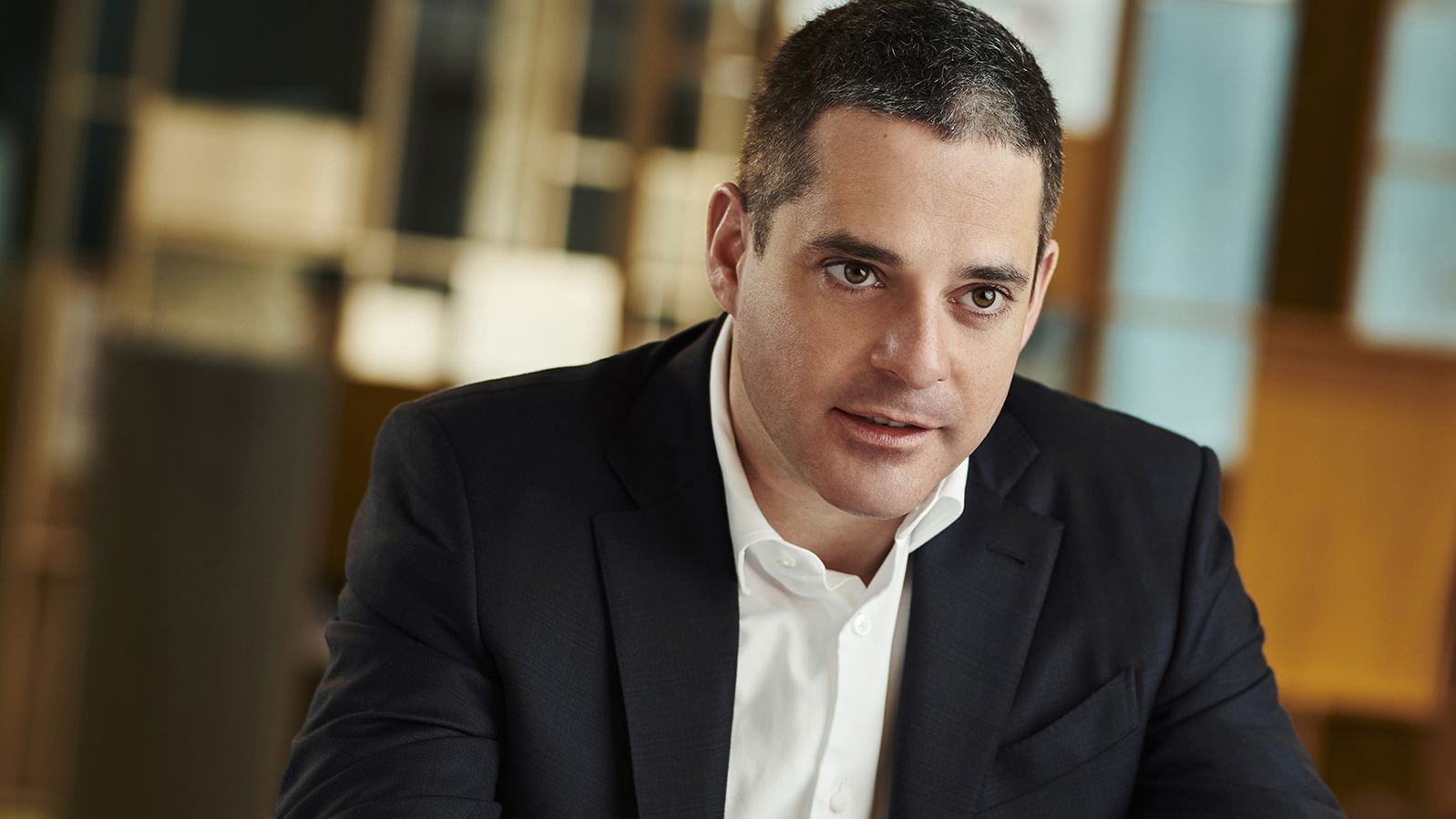
Péter Csányi, deputy CEO, head of the digital division at OTP Group, is making sure the bank's new supercomputer speaks Hungarian.
Earlier this year, a shipload of hardware made its way to Hungary as part of a project to build the fastest artificial intelligence (AI) supercomputer in Europe. The project, a partnership between California-based SambaNova Systems and Budapest-based bank OTP Group, aims to be a national AI resource for the public sector, private industry and higher education in co-operation with the Ministry for Innovation and Technology (ITM) of Hungary.
Career history: Péter Csányi
- 2021 OTP Bank, chief digital officer and deputy CEO
- 2016 OTP Bank, managing director
- 2011 McKinsey, associate
- 2007 Deutsche Bank, associate
- 2005 Merrill Lynch, analyst
The AI capability will be used to build GPT-3 level models for language prediction across central Europe, says Péter Csányi, deputy CEO, head of the digital division at OTP Group. Specifically, the bank has started training the AI models using native Hungarian language for specific data sets for banking and financial services, as well as broader and public sector use, he adds.
The AI project is being developed and deployed in-house at the bank, and is expected to take days or weeks rather than years to go live.
Consultancy experience
Mr Csányi did not start his career at the cutting edge of technology, but in investment banking at both Merrill Lynch and Deutsche Bank shortly before the global financial crisis in 2008. “I’ve seen pretty much the best of times and the worst of times,” he says. “I started in banking in 2007 in London, and I was there until 2011. I’ve seen the financial crisis up close.”
That experience saw Mr Csányi move into consulting with a stint at McKinsey because he “wanted to work on projects for a longer term and not so transactional”.
At McKinsey, his consultancy projects remained in the financial sector. However, instead of staying with investment banking he started working with retail banks driven by the changes in the retail landscape, evolving customer expectations and new competitors.
“My general view is that, after the financial crisis, many banks’ agendas were not so much on innovation nor digitalisation; obviously, they had far larger issues to deal with regarding capital adequacy and liquidity,” he says.
According to Mr Csányi this, combined with low interest rates, allowed new banking competitors to come in with new ideas, products and business models. “However, what I see is, over the last four or five years, traditional incumbent banks have also started to invest a lot in digitalisation and agile ways of working,” he says.
One of his first priorities when he joined OTP in 2016 was to implement agile working practices in order “to react faster and more efficiently to changing customer expectations, to changing market environments and increasingly stricter regulatory requirements”.
Breaking down silos
OTP Group’s agile transformation continued, culminating in 2019 when more than 1000 bank employees were organised into tribes and squads, and IT departments and business units were moved closer together. Before this transformation business development and product development were organised into silos, often housed in different buildings, says Mr Csányi.
“You can imagine if your background is in technology and you receive a 200-page business requirement and you don’t understand something, it’s easy to ping pong back and forth,” he adds. “I really wanted to change this.” Mr Csányi established a programme where IT people learned about business and business people learned about IT, to break down silos within and between business and IT.
The agile transformation programme started in Hungary but is now being scaled out to the entire OTP Group, which operates in 11 countries and employs more than 40,000 people, says Mr Csányi.
“We started very consciously to build up a strong team so that we can do our developments in-house and don’t have to rely so much on external suppliers,” he says. “We just launched the new internet bank and mobile bank to very good reviews, and our plan is to completely phase out the old Apple iOS and Android applications during this year.”
By 2019, the bank was operating on a completely new state-of-the-art technological stack and technological layers, which put the bank in a good position when the Covid-19 pandemic struck in 2020, says Mr Csányi.
“We introduced several new features which basically just skyrocketed,” he adds. “The number of logins and digital interactions on the platform has grown by more than 20%; for example, online bill payment basically tripled during the pandemic.”
Despite AI being a major topic in many industries for the past few years, the bank “didn't quite know how to start in practice”, says Mr Csányi. The partnership with SambaNova was attractive to the bank because it allowed it to have a super computer on premises as well as access to personnel and resources with expertise in AI.
“Building out the Hungarian language model is the first step for us,” he says. “I'm excited about this project because it’s not just about banking, it’s not just about technology… it can really be something which is beneficial for the wider economy and for the country as a whole.”


